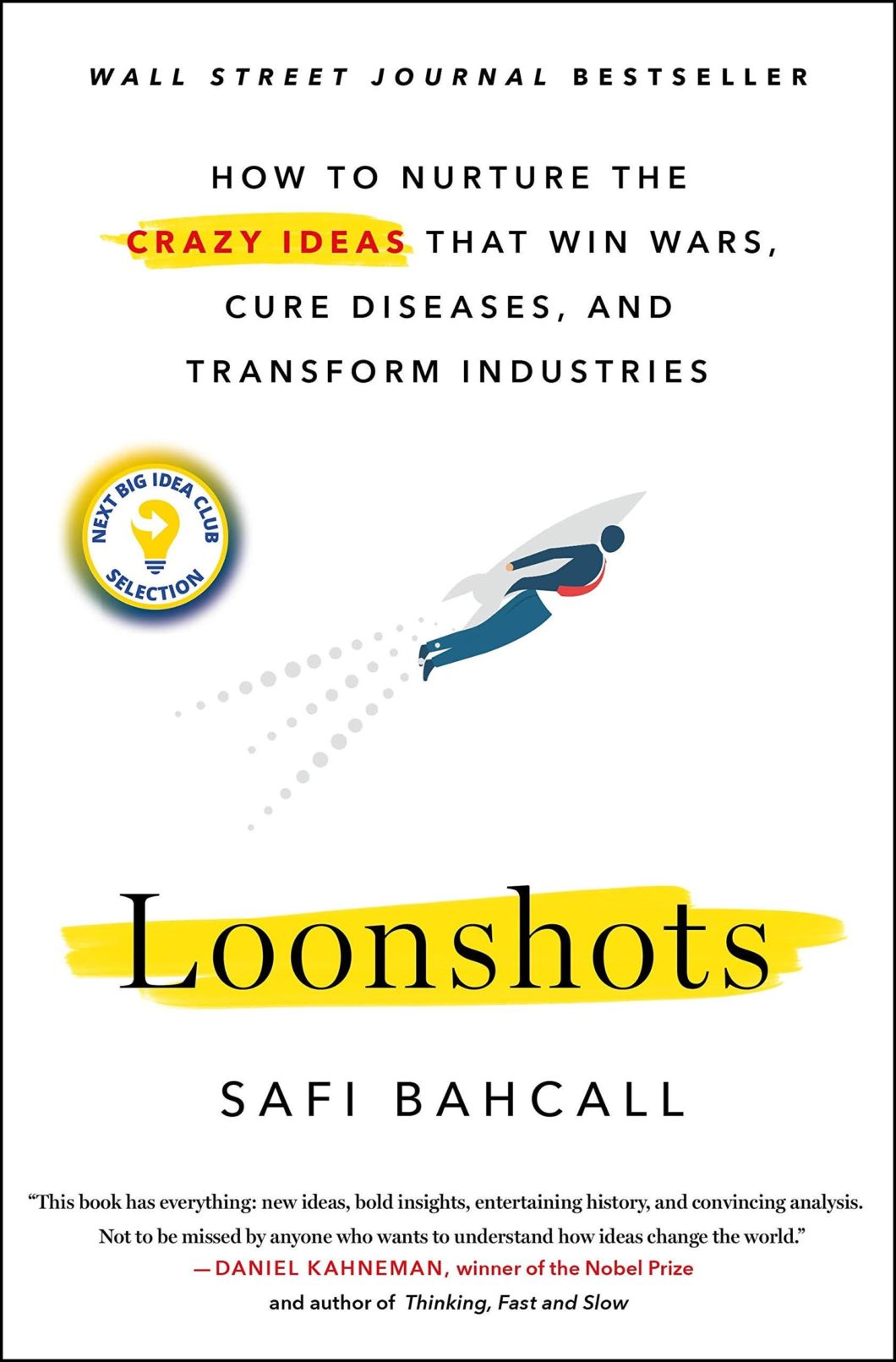Disruption is hard to define ahead.
The transistor, online search, Walmart, IKEA are all series of accidental innovations. Any experienced entrepreneur knows most ideas and technologies end up different from what they begin with.
Therefore reduce the effort to define disruptive ideas ahead. Start with a Plan A and iterate to A Plan that works.
Safi Bahcall has written a brilliant book in Loonshots I can’t refrain from sharing. Relevant for corporate innovators, governments, and startup ventures.
My key takeaways:
- The first 3 rules: phase transition (separating loonshots from franchises); dynamic equilibrium (treating both equally including soldiers and artists, and ensuring interaction between both); spread a system mindset (innovation dictators vs. a system to nurture ideas); and
- 4th rule: raising the magic number. Why 150 headcount becomes the turning point as teams grow, thus making returns on politics > returns on project outcome
- Using soft equity, wider spans, project-skill fit and other approaches to maintain loonshot nurseries
- P-type innovation (jet engines) and S-type innovation (frequent flyer program) are both valuable sources of loonshots
Beware of false fails that are outcomes of terribly designed systems.
